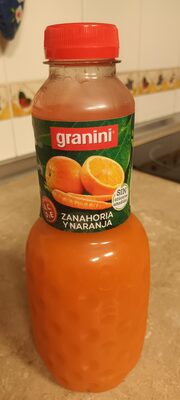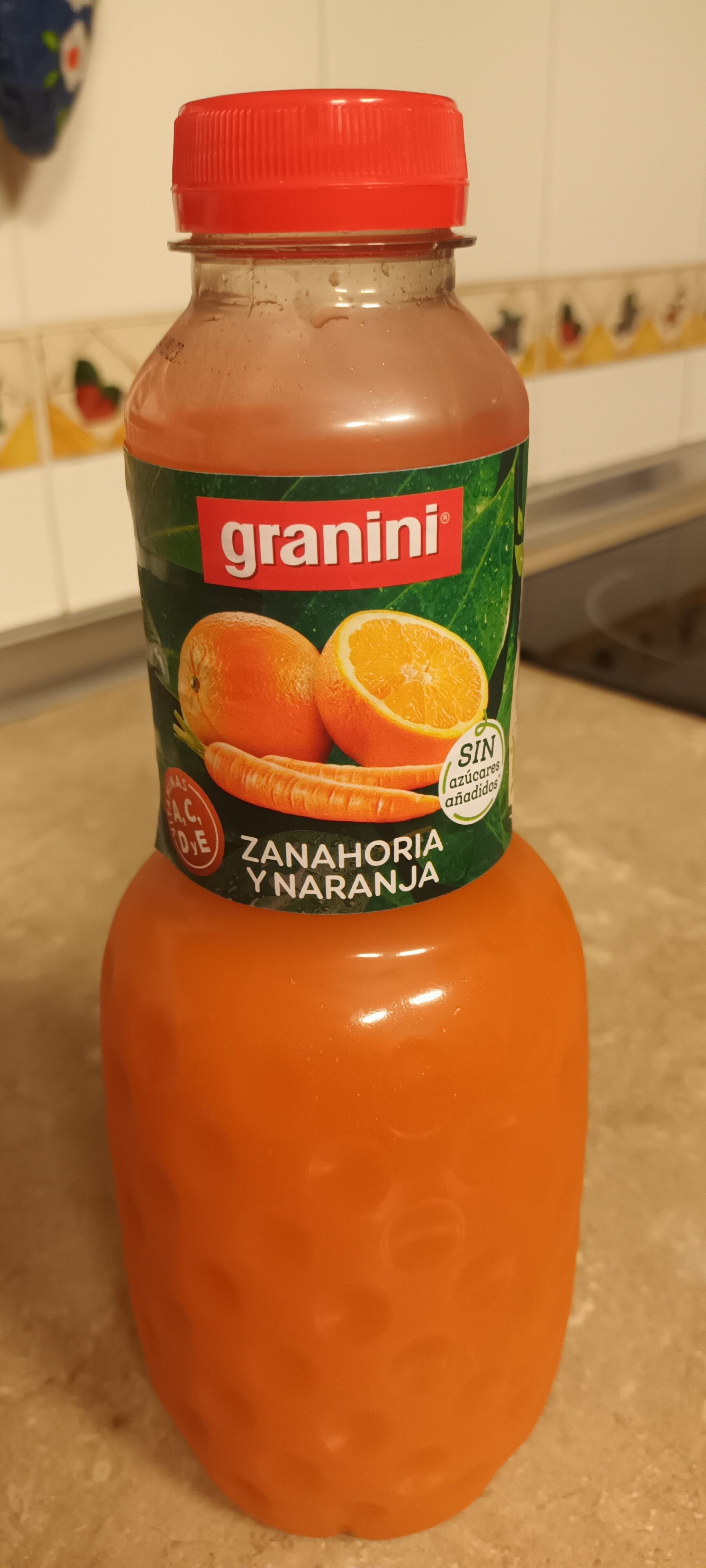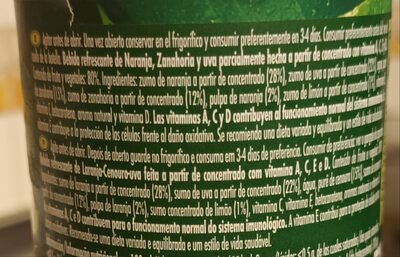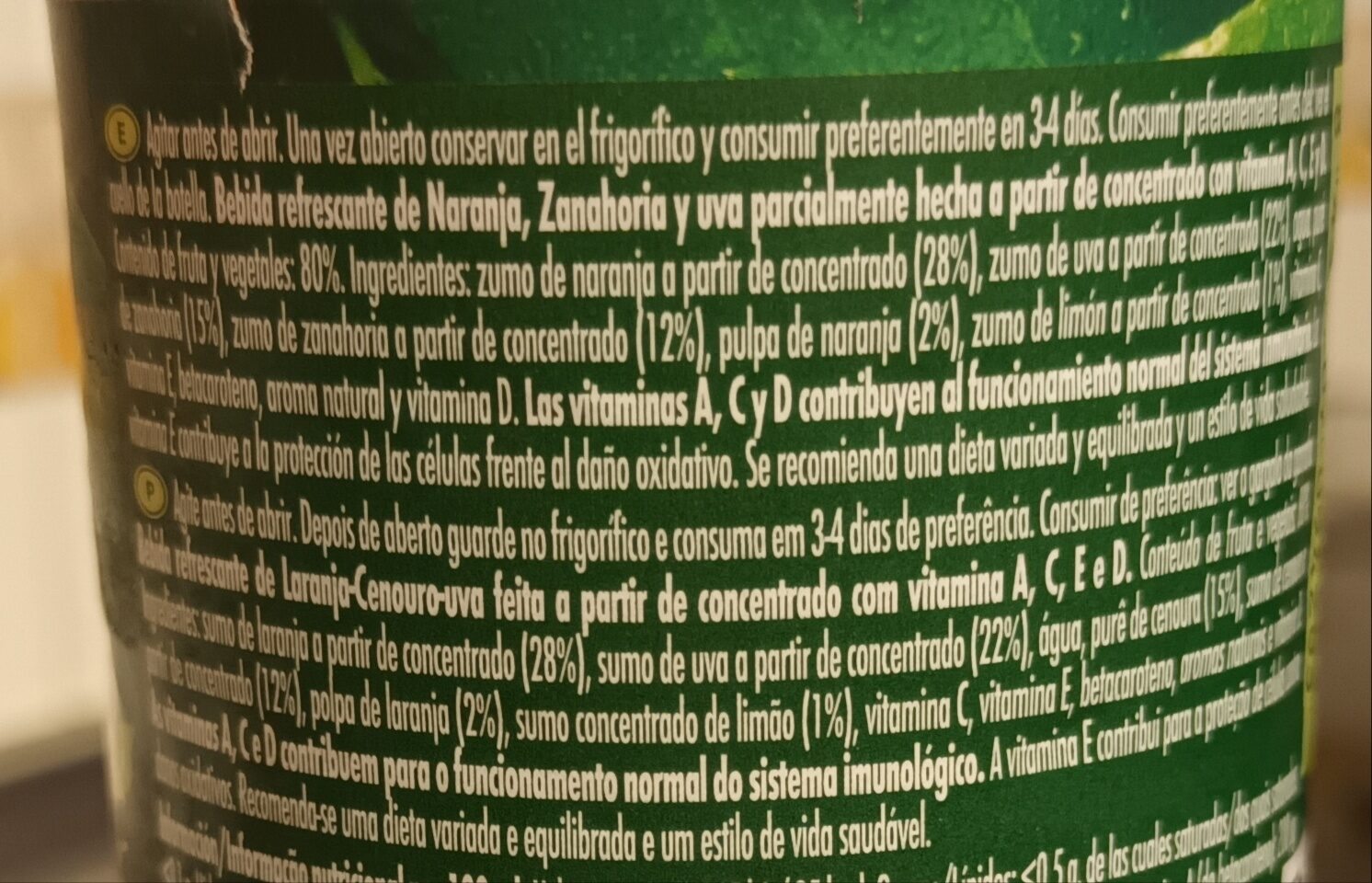Zumo Zanahoria y Naranja - Granini
Aquesta pàgina del producte no està completa. Podeu ajudar a completar-la editant-la i afegint-hi més dades a partir de les fotos ja disponibles, o fent-ne més amb l'aplicació de androide o iPhone / iPad. Gràcies!
×
Codi de barres: 4002160093065 (EAN / EAN-13)
Marques: Granini
Categories: Aliments i begudes amb base vegetal, Begudes, Begudes amb base vegetal, Begudes amb base de fruites, Sucs i nèctars, Sucs de fruita, Suc multifruites
Etiquetes, certificacions, premis:
Punt verd, Sense sucre afegit, es:No vegan
Matching with your preferences
Entorn
Petjada de carboni
Empaquetament
Transport
Report a problem
Fonts de dades
Producte afegit per veganeamos
Última modificació de la pàgina del producte per roboto-app.
La pàgina del producte, també editada per acuario, ecoscore-impact-estimator, foodless, kiliweb, neusma, openfoodfacts-contributors, spotter, teolemon, thaialagata, yuka.KrxMGdjWGMYvM8SD2r8MxyfqT8fEHtVYH05cow, yuka.R0tVd05JY0J0OVVRcDhjZTVoZjczUHdwNXBpR1lXeTFkY2dVSWc9PQ, yuka.Xe1CO9-NLt0_JsrW49IMwx6BFdzNAvt_CnVUog, yuka.sY2b0xO6T85zoF3NwEKvlmZOTfXs_RSfKkfSxESMm9OWEZKzW458yZPaN6g.










